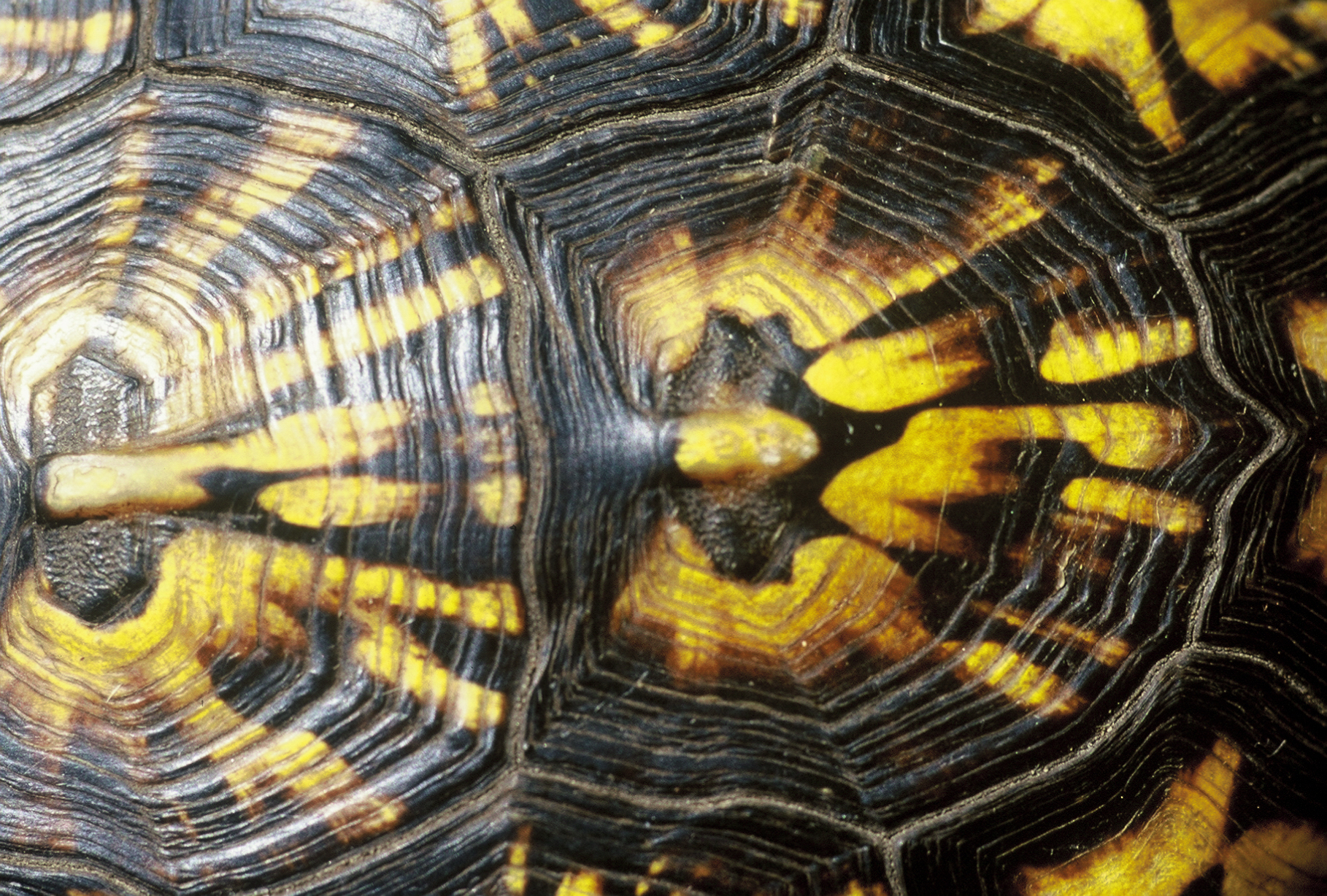

This southwestern annual bean species is a vigorous vine growing 15-20 ft. in a single year. The massive flowering attracts a lot of pollinators. Its deep tap root as well as its nitrogen fixing capabilities is amazing. It can grow in the most hostile of environments and still produce a crop. These are rarely cultivated today, however improved selections of them have been grown and maintained by the native Americans in the southwestern U.S. Many natural hybrids which have been named and propagated.
I grew the selections of the wild types from the Native Seeds. I also grew the Joseph Lofthouse land races and Adam Tuttle from Tennessee. The wild types from Native Seeds were just not very productive here but did produce a small quantity of very small and tiny beans that ripened very late. Over time, I selected those for earlier ripening. The cultivated large beans from the Lofthouse collection and Adam Tuttle were from selections made from earlier ripening crosses with heavier yields. I began to mix those with the wild forms as a means to increase vigor and look for heavier yielding plants. As time went on, I realized the moisture levels here in Michigan as well as the cloudy conditions was not to the liking of this species and its hybrids. I was at the point of giving up until I started the last generation of crosses in 2019 through 2022. The yields were very low but every year it got a little better. Eventually through natural selection and collecting the mixes of the different types I was able to produce a quasi wild type bean that tolerates a more forgiving growing environment suited for Michigan and other short season areas with cloudy conditions and higher moisture conditions in the soil and air. Essentially I fragmented the varieties into one population of tepary beans. So in essence they are not really a variety anymore and not a species type either. This kind of in between population is useful for growing as is without selection.
Although not from named selections anymore and too far removed from the original varieties, this new Michigan wild form shows the most promise as an annual bean to be used in seed mixes on soil reclamation sites as well as a possible wild bean for edible use. Its low water usage and its high vigor with ability to grow in poor and rocky soil make it a plant with great potential between the worlds of agriculture and ecology. You could over time select varietals from this land race and begin a secondary population in other locations with similar conditions. At least the yields are high enough to consider as a both a nitrogen fixing crop and a wild bean to collect and enjoy as a protein source.
This package represents the whole population at my farm and is best used to create a more robust seed source outside of its native range.
To germinate the seed: Plant after frost 1/8 inch deep. Seeds will sprout slowly as they have a rather tough seed coat. It might be wise to soak the seeds overnight first or at least long enough to see the seeds swollen to twice their size before planting. This will speed germination. Keep the top soil moist if possible for a week or two to aid in germination.
| Plant Specs |
| Genus & Species |
Phaseolus acutifolius and hybrids |
| Seed Source |
Michigan. Grown using wild types from New Mexico and Arizona. Native Seeds. And then reselected over time for short season. The original land races were not adapted here while producing very few beans due partly to lack of sunlight and too much moisture. Some hybrids are also added to this seed mix as they are the most prolific in terms of yields per plants. These came from the Lofthouse collection and regrown and selected from the crosses of Lofthouse and Native Seeds. |
| Height (ft) |
10-20 ft. |
| Width (ft) |
One plant can spread with branching 10 ft. wide easily. |
| Pollination Requirements |
Super attractive to all types of bees and butterflies. Many types of solitary bees use this plant. |
| Soil |
Likes dry hot conditions with rocky soil but tolerant to other soils. |
| Ease of Cultivation |
Ripening in 70-90 days this vine is perfect for covering fences as well as producing a secondary bean crop that can be harvested and dried for later use. The rich flavor and nutrition is a good reason to grow it. I grew it as a means for using as a nitrogen fixer in my tree crop plantings. It appears so far to be free of browse by deer and rabbits. But more testing is being done in 2024 on this. The plant itself is competitive with other grasses and can quickly grow past the shade cast by other plants. Immune to foliar diseases. |
